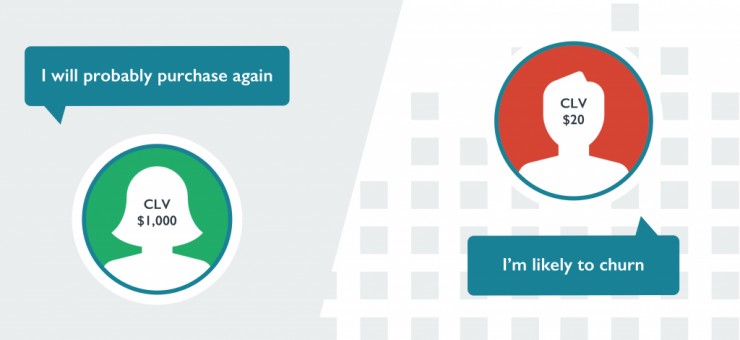
In my discussions with dentists, around 80% of them don’t know what the Lifetime Value of their patient is.
Whenever I ask them “Hey Doc, what do you think is the lifetime value (LTV) of your patients?”, they almost always say “Well, I think it is around $400 or $800”.
This is simply not correct and if you get this wrong, it can cause major issues with revenue generation for your practice.
See, the LTV of your patients is how much they will spend over the lifetime of them doing business with you.
If they have a pleasant experience with you, many of them will stick around for 7-10 years and will refer around 2.2 people to you every year.
Some of them will stay with you for 20 years.
The top dental practices in any given area have had patients coming in for 30 or 40 years.
This means that if you are a general dentist, the LTV of your patients is at least $5,000 to $10,000, since an average dental patient spends around $650 per year.
If you do cosmetic dentistry, the LTV is probably $8,000 to $15,000.
If you do full mouth reconstruction, it should be around $20,000 – $45,000 or even more.
If you are an orthodontist, it can fluctuate between $6,000 to $14,000 depending on the treatments your patients receive.
The point is that most dentists don’t look at the LTV of their patients.
They think along these lines:
“Well, if I can spend $300 to get 1 new patient and they spend $600 with me, I have made some money”.
And to be fair, it is true.
However, if they start thinking along the lines of “I’d like to spend $300 to get 1 new patient and this will be wildly profitable for me because this patient will spend at least $7,000 with me in the next 7-10 years and also refer his friends and family to me”, the way they do business will literally change.
It all comes down to the fact that most dental offices do not have automated systems of bringing past patients back in again and again so they don’t have a reason to consider the LTV of their patients.
In this book I will explain the entire system which we use to increase the yearly revenue of dental offices by at least 2X.
For now, please just remember that in order to considerably increase your revenue, you have to factor in the LTV of your patients.
How to calculate the lifetime value (LTV) of your patients:
Let’s assume you have been running your practice for 7 years.
Over these 7 years, there are probably many patients who kept coming back to you multiple times a year.
It could be for teeth whitening, scaling, root canal, implants, Invisalign etc. – it doesn’t really matter.
What matters is how much revenue did the people who came in for the last 7-10 years contribute to your practice.
If you can find 3 different patients who have been doing so, that is all you need.
Now let’s assume that you have found at least 3 people who first visited your office and received a treatment 7 years ago.
You see that they have been coming in at least twice a year and spend $450 every time they come in.
In 7 years, each of these 3 people has spent $6,300 (450*2*7) with you so far.
In this case, $6,300 is probably a good LTV of your patients.
Now, whenever you spend $300-500 to bring in new patients, you can rest assured that they will contribute at least $6,300 to your practice in the long-term, if that you have the right systems working for you.
Please note that the $6,300 LTV does not include the fact that many of these patients have probably also referred their spouse, children and friends to you, increasing your revenue.
Also, we are just using a 7 year timeline for this example.
Remember, the top practices have people coming in for up to 30 or 40 years, so depending on the treatments you offer, your patients’ LTVs can be dramatically higher.
Action: Figure out the LTV of your patients by sitting down with your staff and finding out how much an average patient contribute to your practice over 7-10 years through multiple visits.
